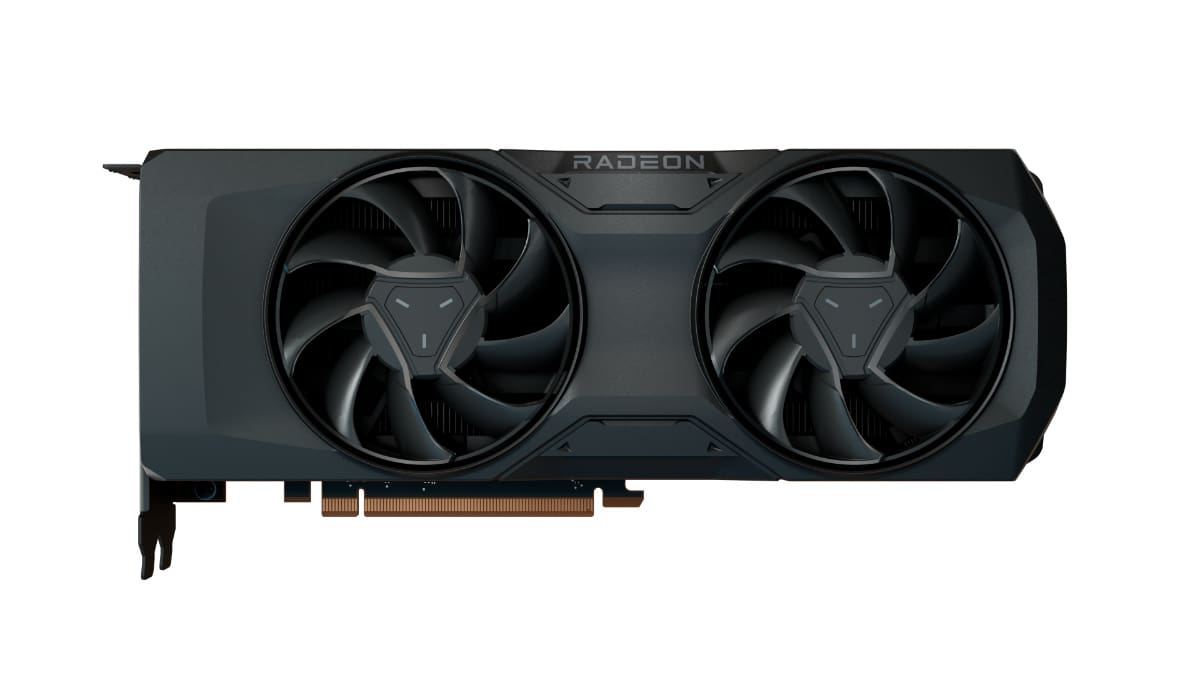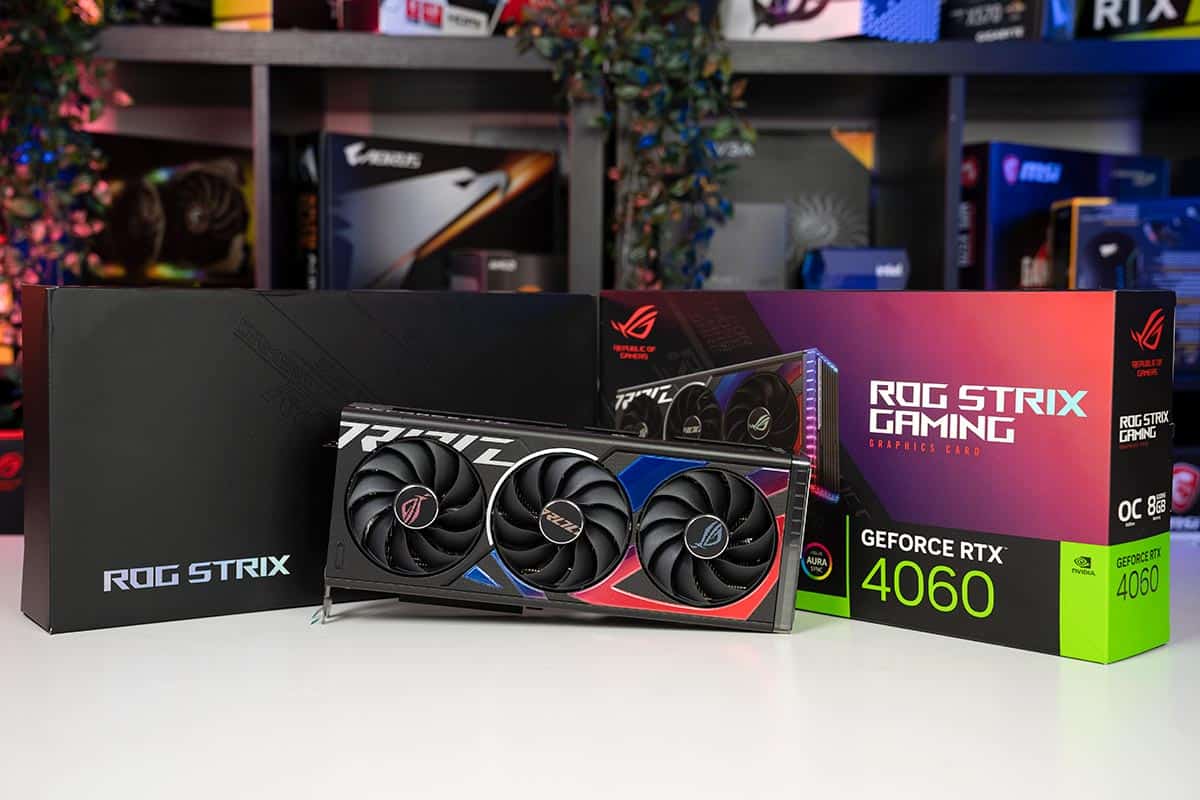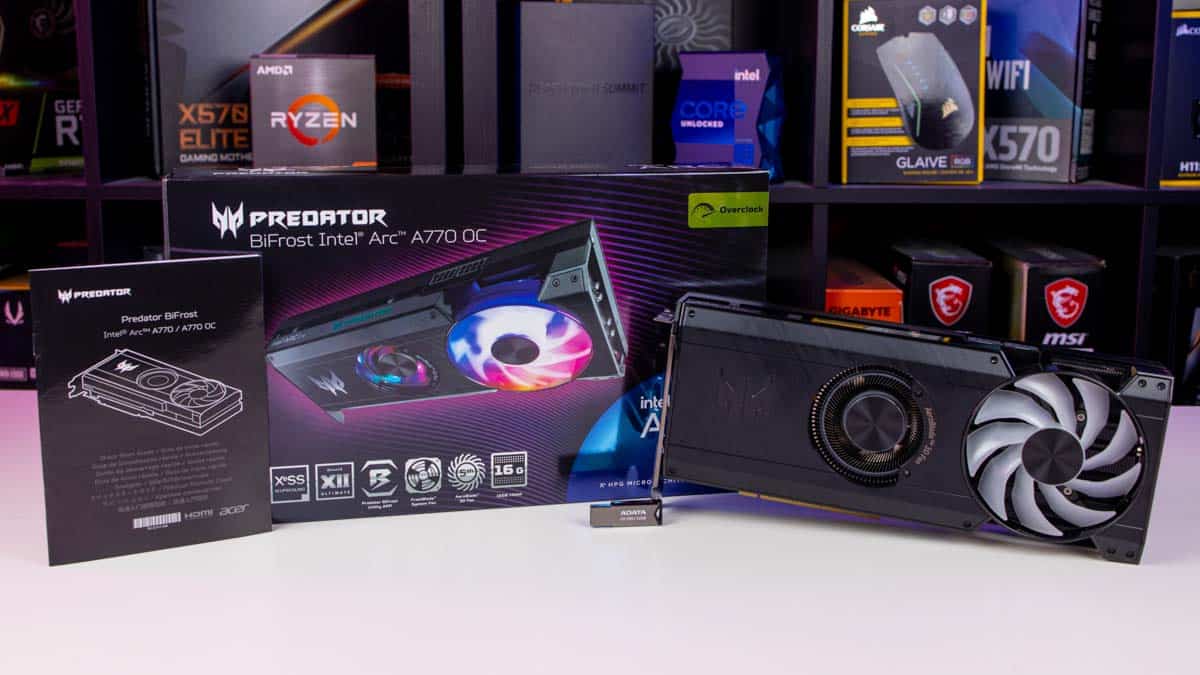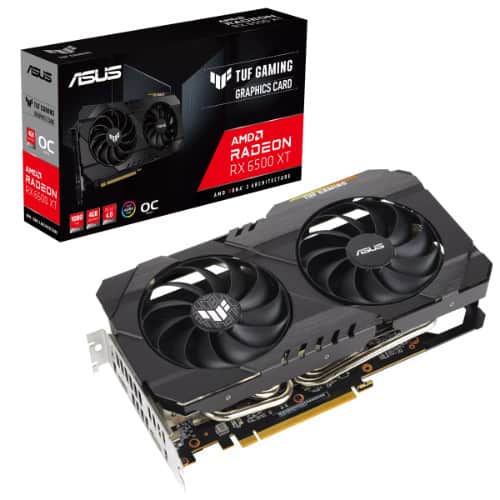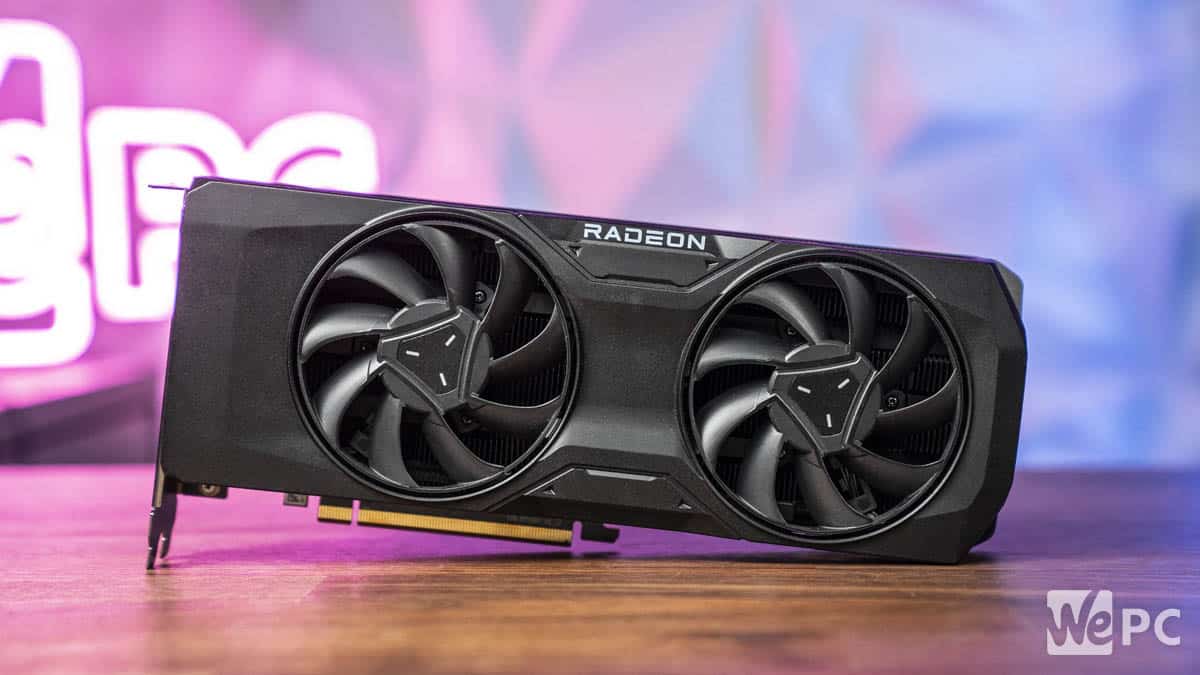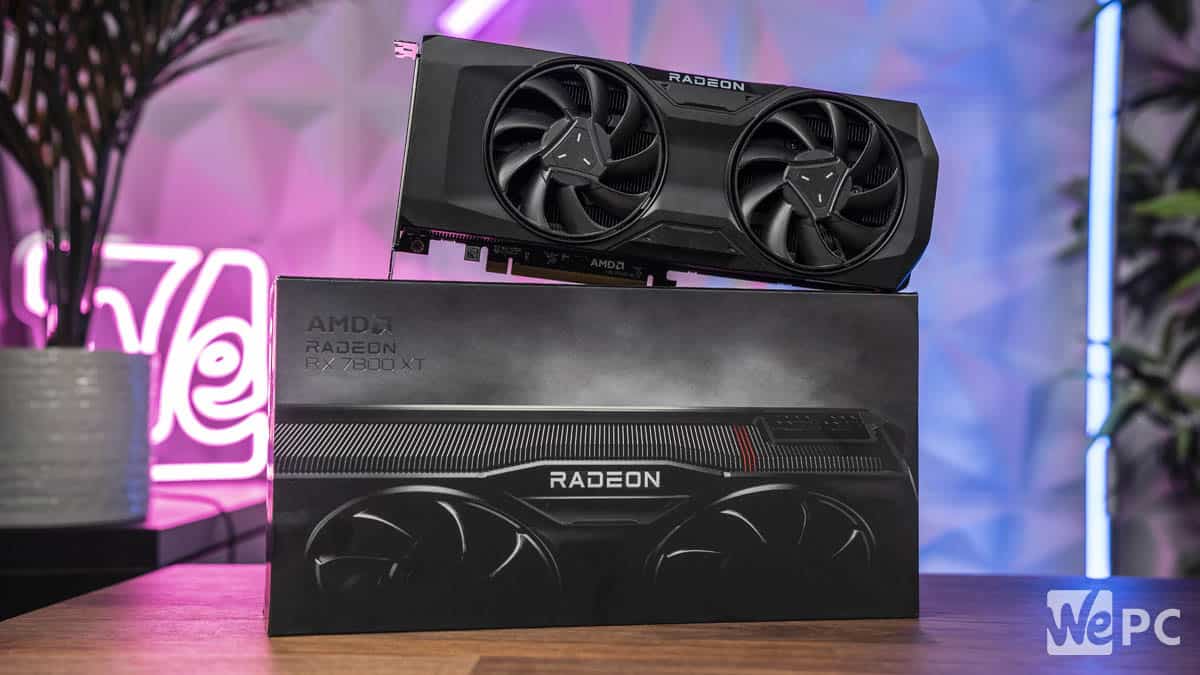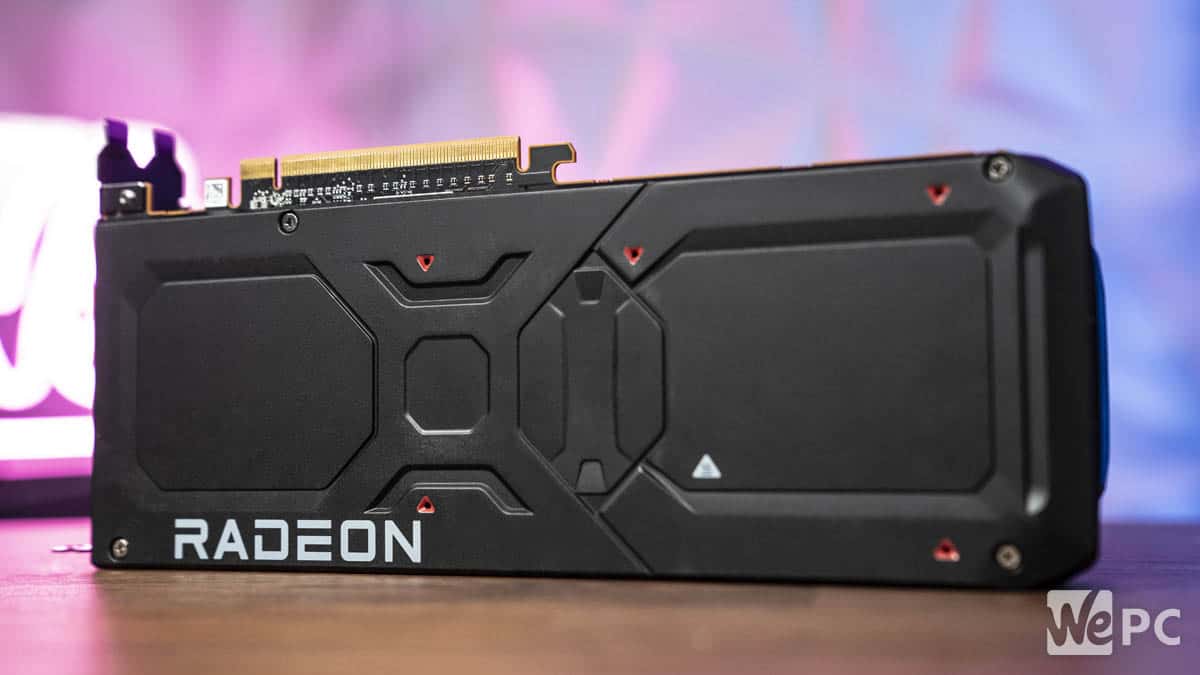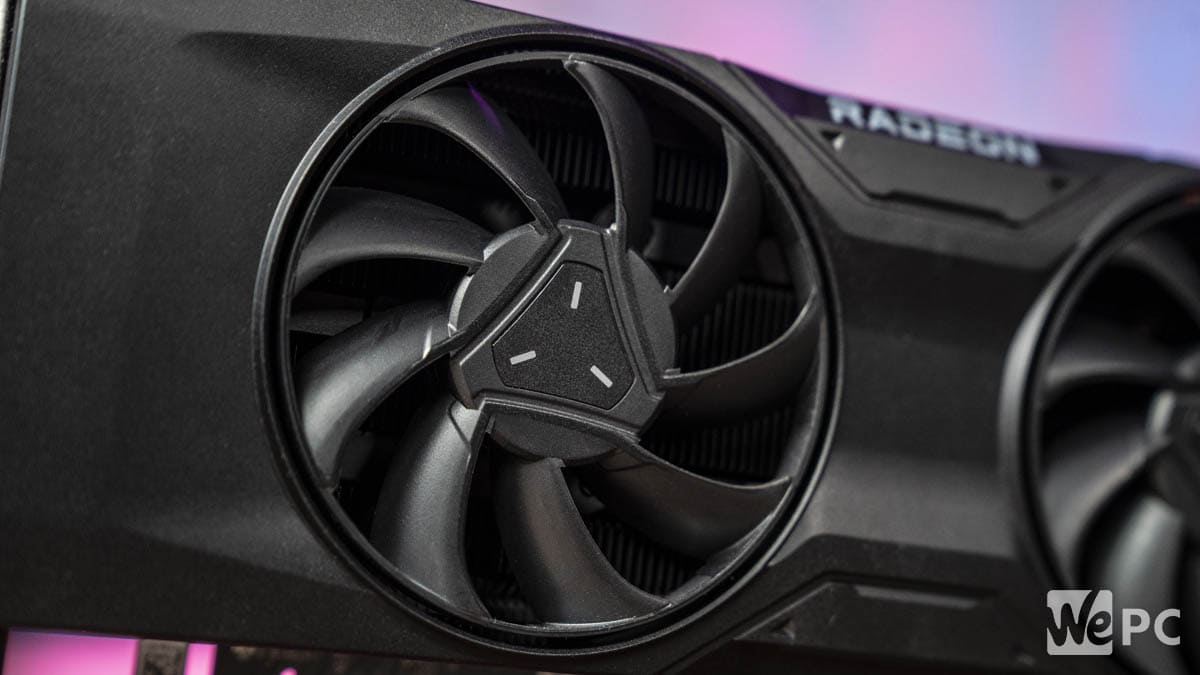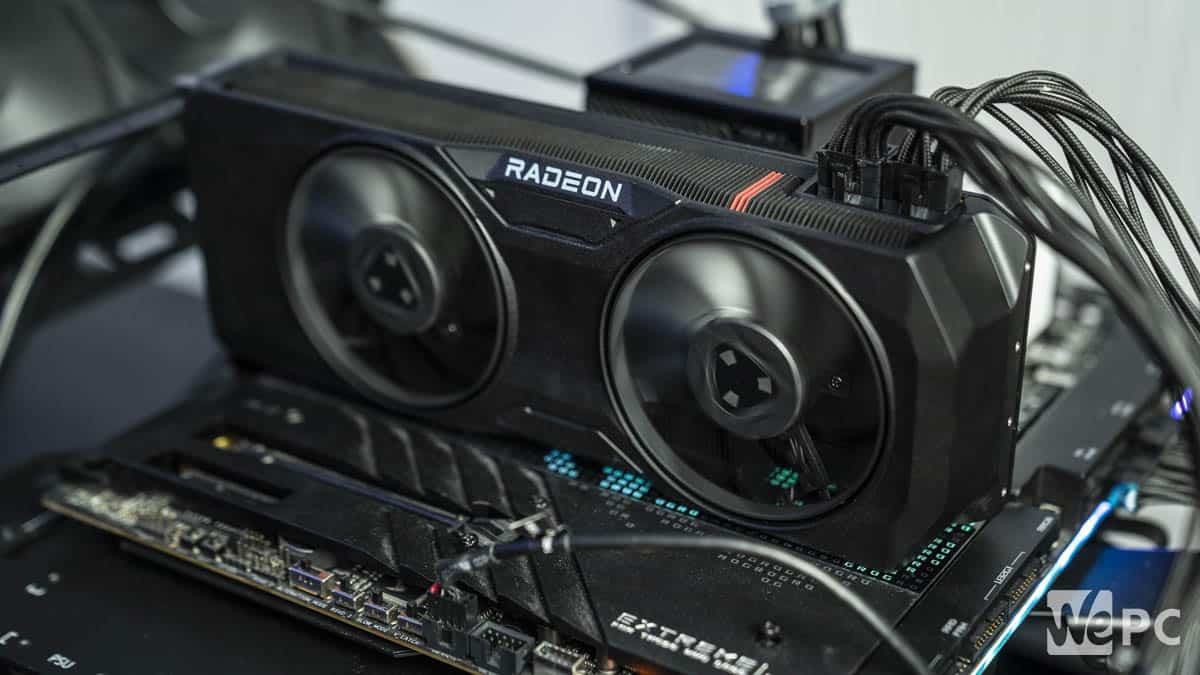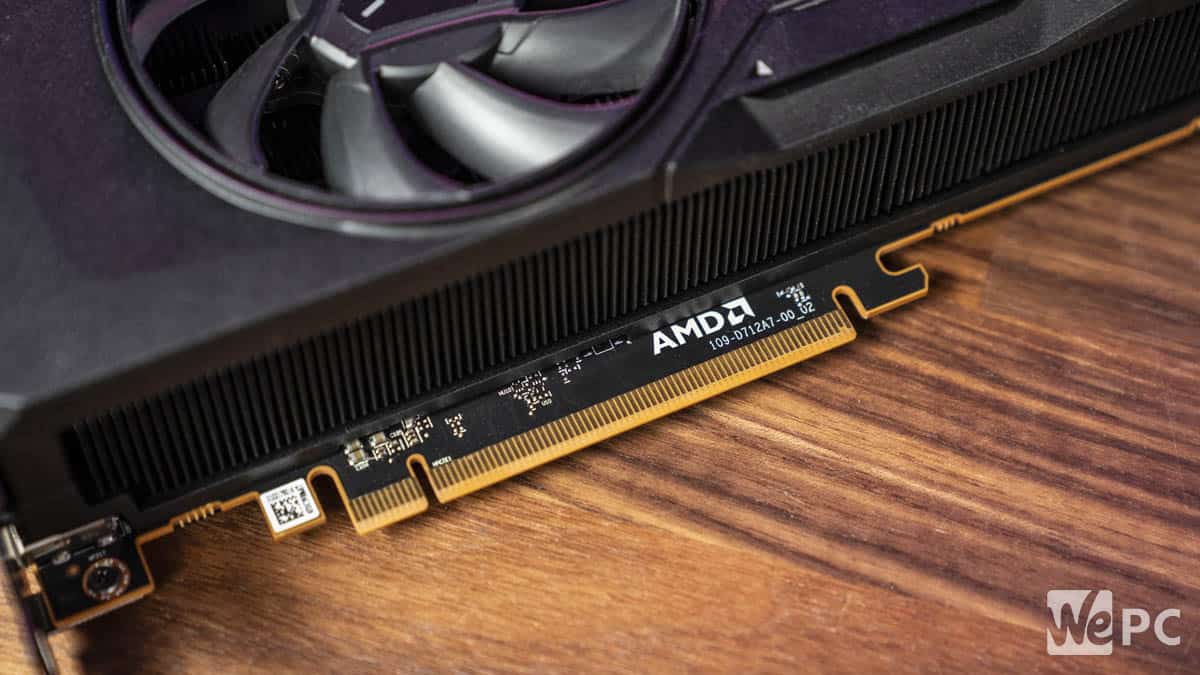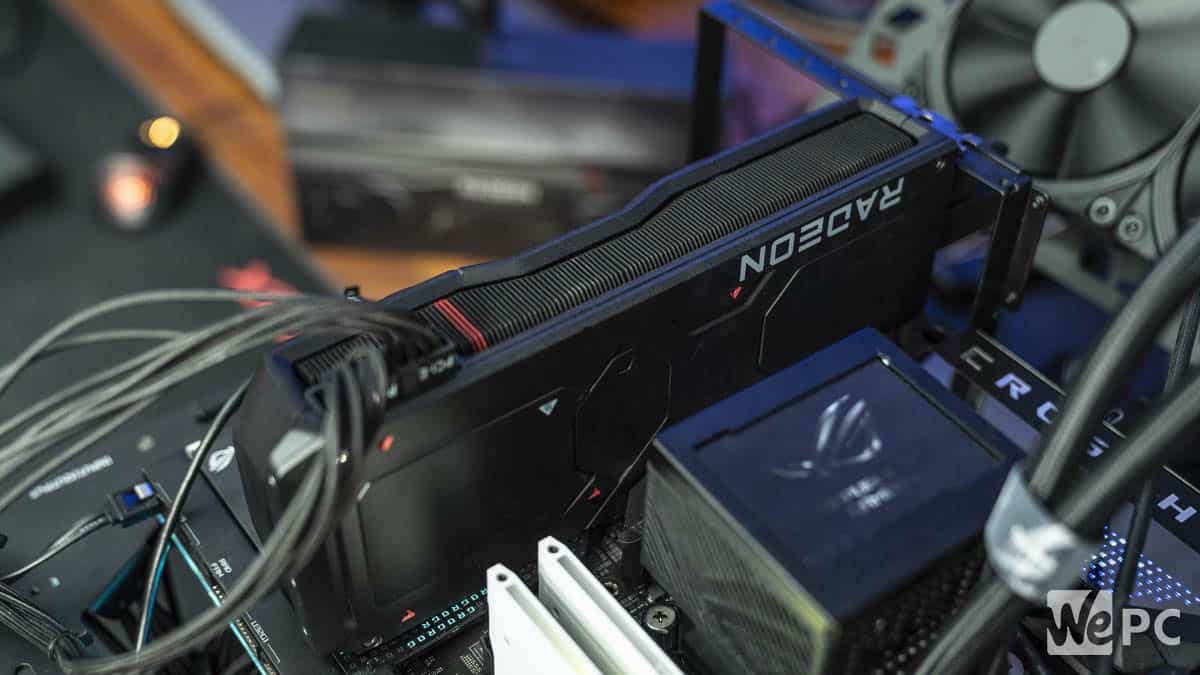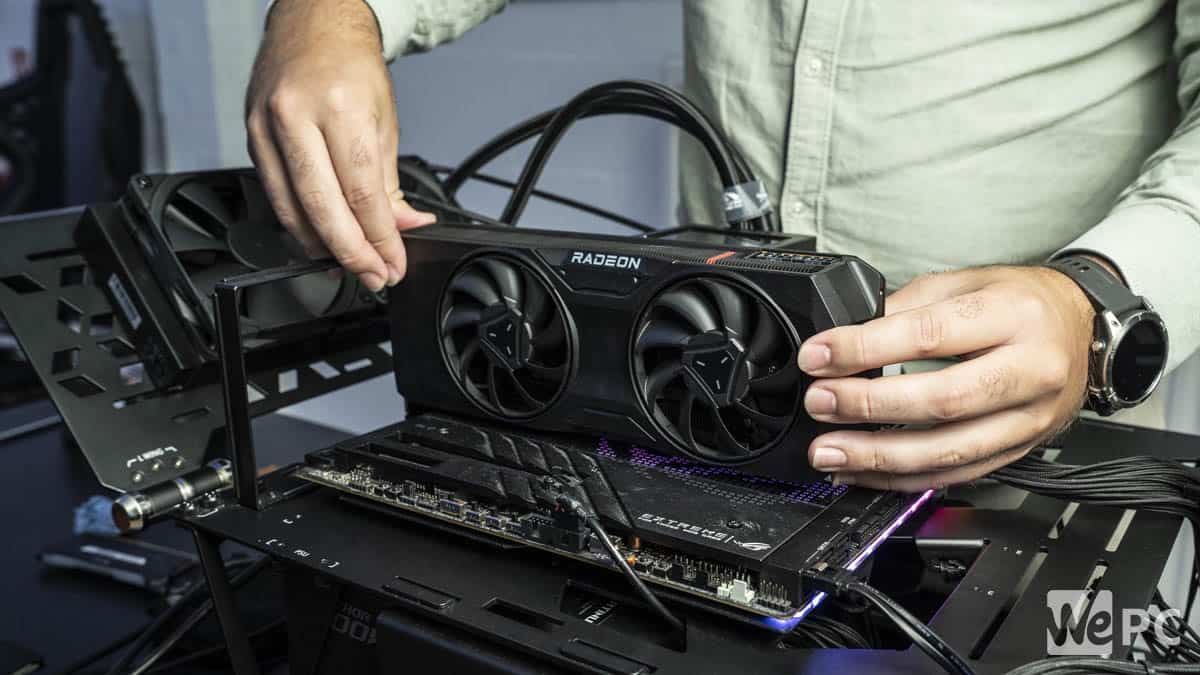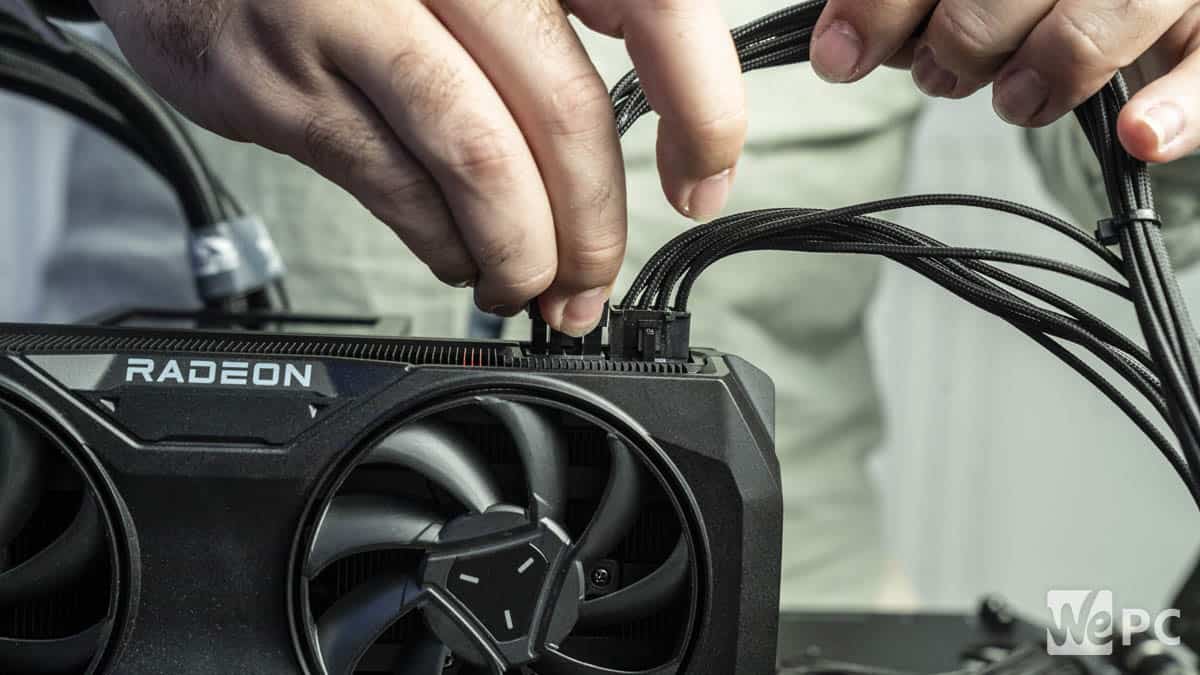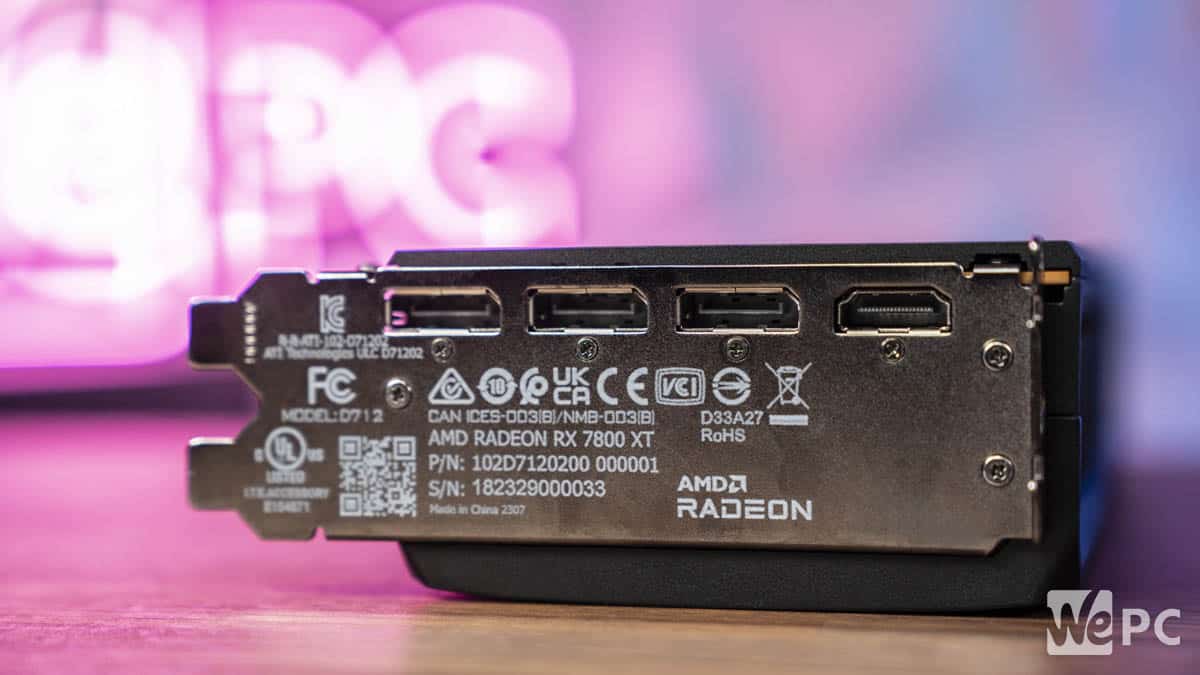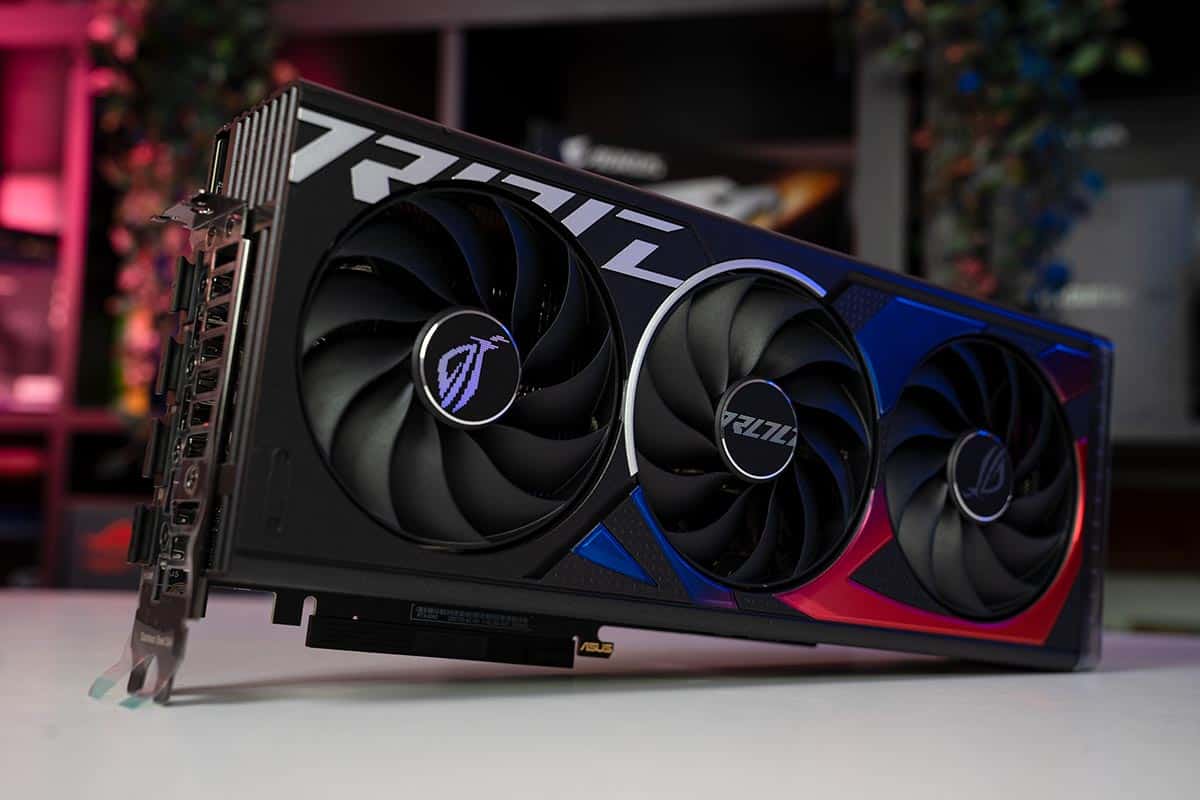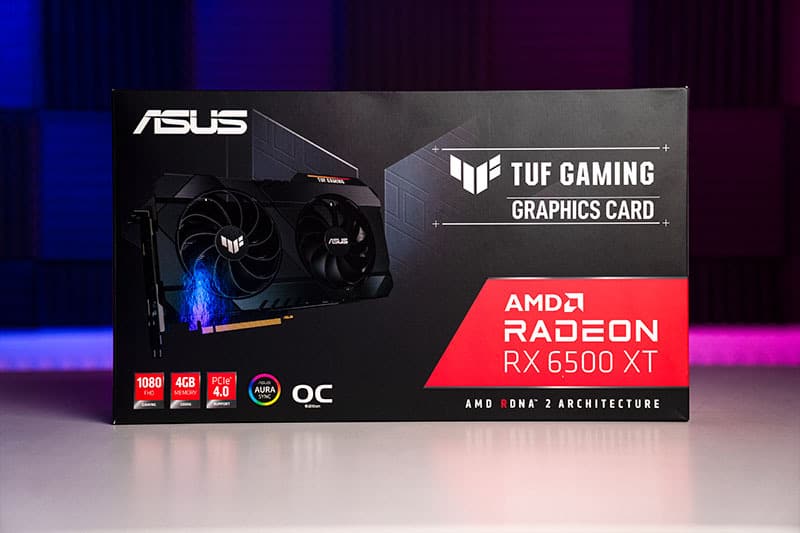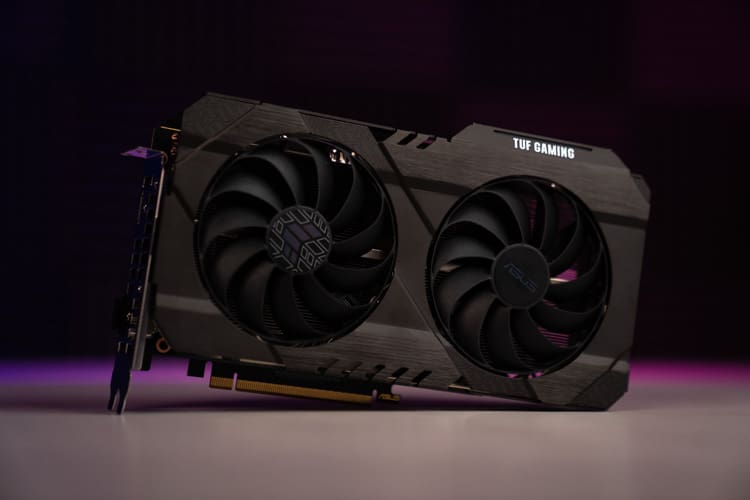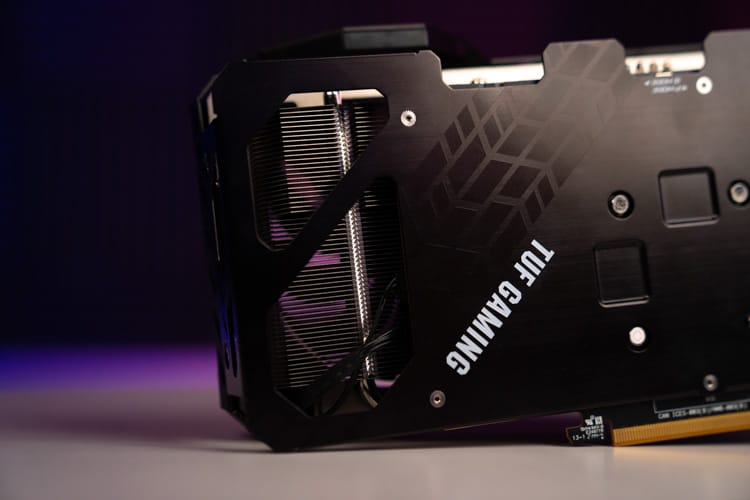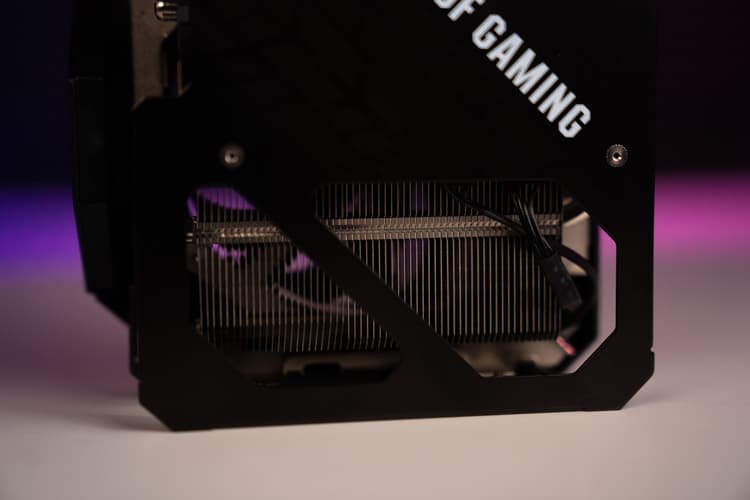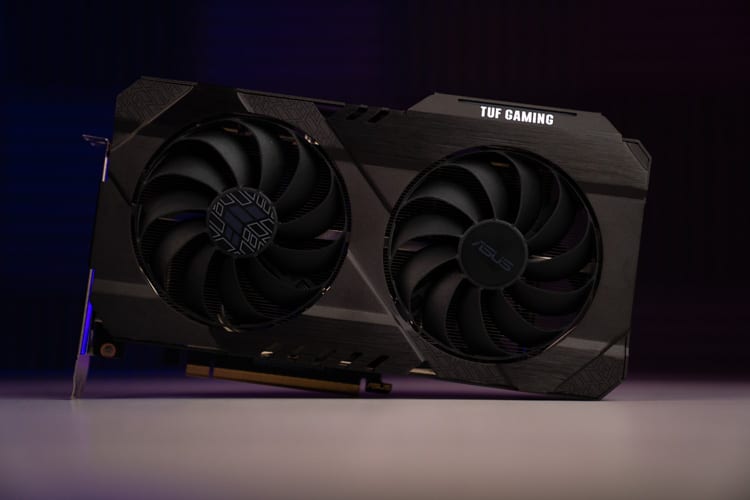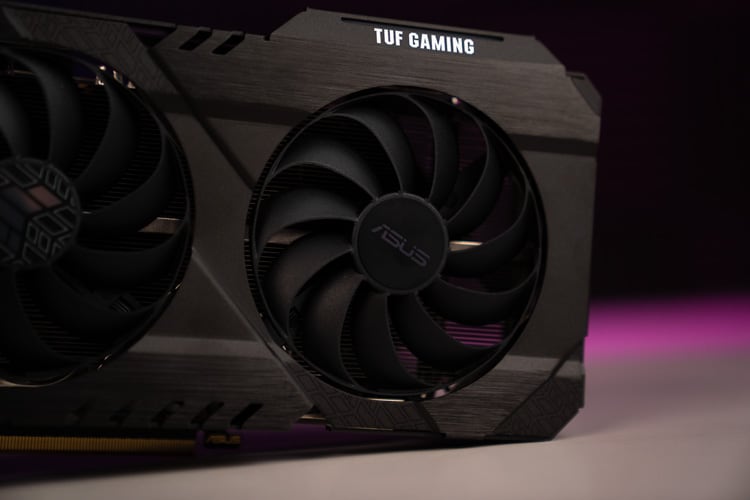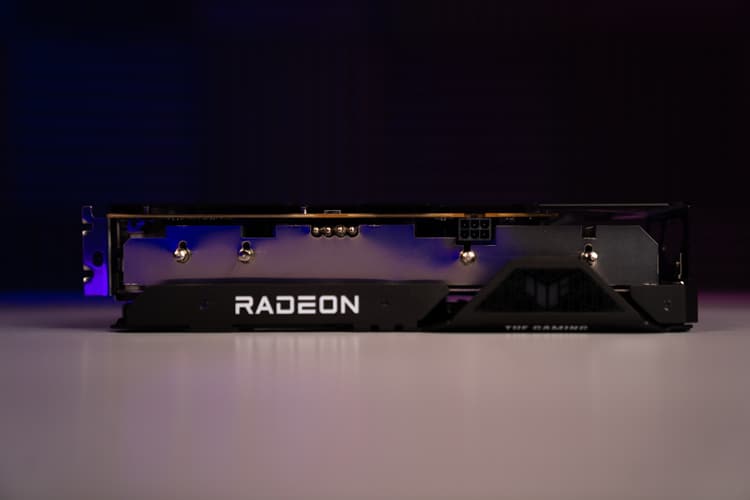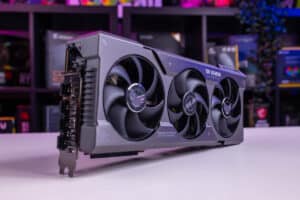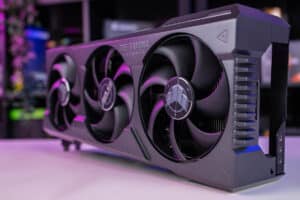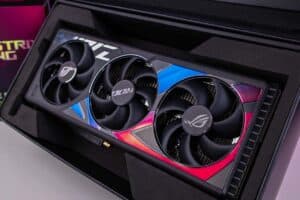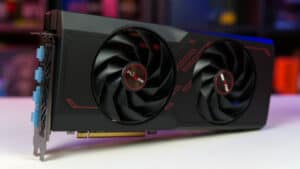Best GPU for dual monitors in 2024: our top picks for multi display setups
Four GPUs that can do much more than run your dual monitor setup
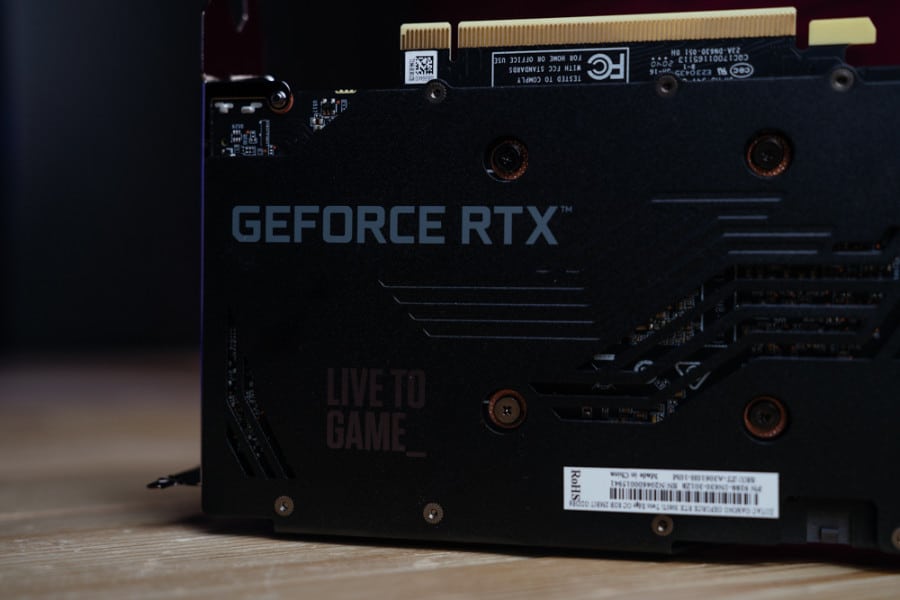
WePC is reader-supported. When you buy through links on our site, we may earn an affiliate commission. Prices subject to change. Learn more
Dual monitor setups have become increasingly popular over the past few years, with more people working from home and general pricing now much more affordable. They’re great for productivity, gaming, and streaming, giving you access to more desktop real-estate when it comes to both work and play.
Ensuring your PC is equipped with the best GPU for your dual monitor setup is an important step in creating the perfect home setup – as not every GPU is tailored towards a dual or triple monitor configuration.
Luckily, we’ve reviewed a bunch of the market’s best graphics cards over the last few years, with both AMD and NVIDIA offering up a number of options that are perfect for a two-or-more monitor setup. In this guide, we’ll be looking at some of the market’s most popular GPUs, handpicking what we think are the best when it comes to dual monitor configurations – offering up choices for every budget and use case.
Products at a glance
-
Best GPU for dual monitors
AMD Radeon RX 7800 XT
- Core clock speed: 2,430MHz boost, 2,124MHz game
- Stream processors: 3,840
- Memory: 16GB GDDR6
- Dimensions: 267 x 111 x 50mm
- PSU required: 600W
- TBP: 263W
-
Runner up
ASUS ROG Strix RTX 4060 OC
- Core clock speed: 1,830MHz base, 2,670MHz boost
- CUDA cores: 3,072
- Memory size: 8GB GDDR6
- Dimensions: 311.4 x 133.5 x 61.9mm
- PSU required: 550W
- TBP: 115W
-
Intel Pick
Predator BiFrost Intel Arc A770 OC
- Core Clock Speed: 2.20 GHz
- Shading units: 4,096
- Memory Size: 16 GB GDDR6
- Dimensions: 267 x 117 mm, 2-slot
- PSU Required: 650 W
- TBP: 225 W
-
Budget pick
ASUS TUF Gaming Radeon RX 6500 XT OC
- Core Clock Speed: 2825 MHz Boost, 2705 MHz Game
- Stream Processors: 1024
- Memory Size: 4GB GDDR6
- Dimensions: 250 x 147 x 54 mm (2.7 slot)
- PSU Required: 500W
How we test and choose
Over the past several years, we’ve tested a tonne of the market’s best graphics cards. From low-end options to the market’s flagships, we’ve done the hard work testing each card through a variety of games and synthetic scenarios to see how they stack up against one another.
When it comes to testing the best GPU for dual monitors, we used the same tried and tested methodology as before, benchmarking each GPU to see how it performed when used with a multiple monitor setup. We ran each GPU through a number of games, resolutions, and synthetics – allowing us to confidently recommend the best cards for people looking for a dual monitor setup.
Best GPU for dual monitors: Reviewed and ranked

- Core clock speed: 2,430MHz boost, 2,124MHz game
- Stream processors: 3,840
- Memory: 16GB GDDR6
- Dimensions: 267 x 111 x 50mm
- PSU required: 600W
- TBP: 263W
- Launch price: $499
- Availability: September 6th, 2023
- GPU Name: NAVI 32
- Architecture : RDNA 3
- Process size: 5 nm
- Die size: 346mm
- L3 Cache: 64 MB
- Bandwidth: 624.1 GB/s
- Memory Bus: 256 bit
- Compute units: 60
- RT Cores: 60
- Great middle-of-the-road price point
- Excellent performance in games and synthetics
- Decent 1440p performance
- Can play some game sin 4K
- If you don’t game
- If you’re looking for a GPU for under $400
The AMD Radeon RX 7800 XT is a great all-round GPU that offers excellent performance in both games and multitasking workflows. It hits shelves for under $500, making it an incredibly versatile card that will suit most individuals – whether you’re a gamer, everyday user, or creative.
When it comes to a dual monitor setup, this GPU offers 3 x DisplayPort connections alongside a singular HDMI 2.1 connection – offering up a maximum of 4 x monitors if that’s what you’re looking for. From a dual monitor standpoint, you’ll be able to utilize any of the ports, however, at least one of the inputs will need to be a DisplayPort. This shouldn’t be too much of an issue, if truth be told, as DisplayPort offers a wider bandwidth when compared to the HDMI 2.1.
Overall performance is pretty solid for this GPU, as it features excellent 1440p gaming performance, alongside acceptable 4K performance in lesser-demanding titles. It also performs to a high standard in a number of synthetic benchmarks too – making it a great choice for a wide audience.
At the time of writing this, the RX 7800 XT is a shade under $500 – meaning it isn’t the cheapest card in this guide. That said, it is one of the most versatile and arguable one of the best value for money picks we recommend.
- Core clock speed: 1,830MHz base, 2,670MHz boost
- CUDA cores: 3,072
- Memory size: 8GB GDDR6
- Dimensions: 311.4 x 133.5 x 61.9mm
- PSU required: 550W
- TBP: 115W
- Memory Clock: 18Gbps
- Memory Bus: 128-bit
- Card Bus: PCIe 4.0 x8
- Output: 1x HDMI 2.1, 3x DP 1.4a
- Power Connectors: 1x 8-pin
- Looking for a GPU around $300
- Only enjoy light gaming
- Need a versatile PC that can do gaming and creative workflows
- Looking to build a 1440p (or 4K) gaming machine
- Need high-end multitasking performance
For those looking to spend a little less, the RTX 4060 OC from ASUS is a fine choice that ticks many of the same performance boxes. Like our top pick, the ROG STRIX RTX 4060 OC performed very well throughout the entirety of our review, posting good performance in both gaming and synthetic benchmarks.
Like our top pick, the RTX 4060 OC offers up a very similar input configuration, housing 3 x DisplayPort alongside a singular HDMI 2.1 port. Again, this gives you access to up to 4 x displays, however, at least one of those will have to be an HDMI input.
As for gaming, the RTX 4060 OC offered up a modest 100 FPS average of a number of different games that ranged from entry-level (Doom Eternal) to very demanding (CyberPunk 2077). On average, that’s around a 5% uplift over the non-OC edition of the card, and around 20% uplift over its predecessor (the RTX 3060). When pushing the card up to 1440p through the same list of games, we saw our average FPS drop to around 70 frames per second.
Overall, if you’re looking for a card around the $400 mark that will easily handle most everyday tasks, alongside creative workflows and multitasking, then the 4060 OC is well worth a consideration.

- Core Clock Speed: 2.20 GHz
- Shading units: 4,096
- Memory Size: 16 GB GDDR6
- Dimensions: 267 x 117 mm, 2-slot
- PSU Required: 650 W
- TBP: 225 W
- Memory Clock: 16 Gbps
- Memory Bus: 256 bit
- Card Bus: PCIe 4.0 x16
- Output: 1x HDMI 2.1, 3x DisplayPort 2.0
- Power Connectors: 2x 8-pin
- Looking for a midrange GPU with high VRAM
- Wanting to play games in 1440p
- Decent performance in creative workflows
- Wanting to play games in 4K, predominantly
- Fairly power hungry for its performance
Intel’s A770 was received positively by the community upon its arrival a few years ago and continues to impress when looking at both value for money and performance. While only slightly cheaper than the RTX 4060 OC above, it does offer much more VRAM – allowing it to churn through more demanding resolutions when gaming.
The Intel A770 offers the same 3 x DisplayPort, 1 x HDMI port configuration found in both of the competitors above, making it a fine choice for any dual/triple monitor setup. It currently retails for under $400, making it the cheapest option in our guide so far. At that price, it’s safe to say the A770 offers excellent value for money – especially when you factor in its higher resolution gaming performance. When we tested the Predator A770, it offered up marginal performance increase over NVIDIA’s RTX 4060 Ti when playing CyberPunk 2077 in 1440p.
Overall, if you’re looking to invest in a brand that isn’t NVIDIA or AMD, then Intel is basically all you have. But don’t let that put you off, this 1440p card really does provide excellent value for money.

- Core Clock Speed: 2825 MHz Boost, 2705 MHz Game
- Stream Processors: 1024
- Memory Size: 4GB GDDR6
- Dimensions: 250 x 147 x 54 mm (2.7 slot)
- PSU Required: 500W
- Compute Units: 16
- Memory Bus: 64-bit
- Card Bus: PCIe 4.0 x4
- Output: 1x DisplayPort 1.4a, 1x HDMI 2.1
- Power Connectors: 1x 6-pin PCIe
- Cooling: Axial-tech fans, with dual ball bearings and vented backplate
- Looking for a budget GPU that can handle dual monitor setups
- Don’t want to spend more than $200
- Looking for play 1080p gaming or do very light multitasking
- Looking for play games in 1440p or 4K
- Want a high refresh rate gaming experience
- Looking to enable ray tracing features
For individuals just looking for a cheap GPU that can accommodate a dual monitor setup, the RX 6500 XT is a great budget option. While it won’t be able to push hundreds of frames in the latest AAA games, it will be able to handle lesser-demanding games (such as CS2, Doom Eternal, and LOL).
That said, from a multi monitor setup point of view, the 6500 XT is perfectly adapted to handle two monitors – as it features a single HDMI port alongside a single DisplayPort connector. Unlike other selections in this guide, that means you’ll have to run the second monitor off the HDMI port. Additionally, it also means that, without the utilization of a splitter, you’ll only be able to use 2 x monitors at a time.
Connectivity aside, the RX 6500 XT is very much an entry-level performer when it comes to both gaming and creative workflows. It really only has the ability to run games in 1080p, as the card starts to fall below the 60 frames per second mark when bumping it to 1440p. As you can imagine, 4K is a no-go with this card, with most of the games we tested struggling to eclipse 10-20 frames per second.
For many of the lesser demanding games we tested, the RX 6500 XT performed to a fairly decent standard – pushing between 60-100 frames per second in many games. Realistically, if you’re looking for a high refresh rate gaming experience, then this is the card for you. However, if you want to hook a second monitor up for every day work, and enjoy some light gaming on the side, it’s definitely worth a consideration.
Do you need a GPU to run two monitors?
While we would always recommend a dedicated GPU for running a dual monitor setup, you don’t actually need one for simply enabling a second display. In fact, both AMD and Intel provide CPUs that have integrated GPUs built in, enabling you to utilize a multi monitor setup via a splitter.
It’s worth noting that iGPUs are far less powerful than a dedicated graphics card, meaning you’ll struggle to do anything more than simple day-to-day tasks. That said, there are some standout AMD APUs that can drive acceptable frame rates in low-level games.
Does having a dual monitor setup affect your performance?
For the most part, you’re not going to see a dip in performance when using a dual (or even three) monitor setup. Running a secondary monitor is light work for a GPU, with almost no impact on your PC’s output. That said, if you are planning on running resource-heavy tasks on both monitors, simultaneously, then you can naturally expect your PC to struggle.
For example, if you’re Cyberpunk 2077 on one screen, you can expect anything you’re doing on the second display to be impacted by this.
Final word
So, there you have it, our comprehensive guide to the best GPUs for dual monitors. Hopefully, this guide has answered any questions you had regarding dual monitor setups. We’ve selected a number of different GPUs that are all perfectly capable of running dual monitors – all of which hit a unique budget and use case. That said, for us, the best all-round GPU for a multi monitor setup is the RX 7800 XT – as it not only hits shelves for an affordable price point, but it also offers great performance for both gamers and creatives.

